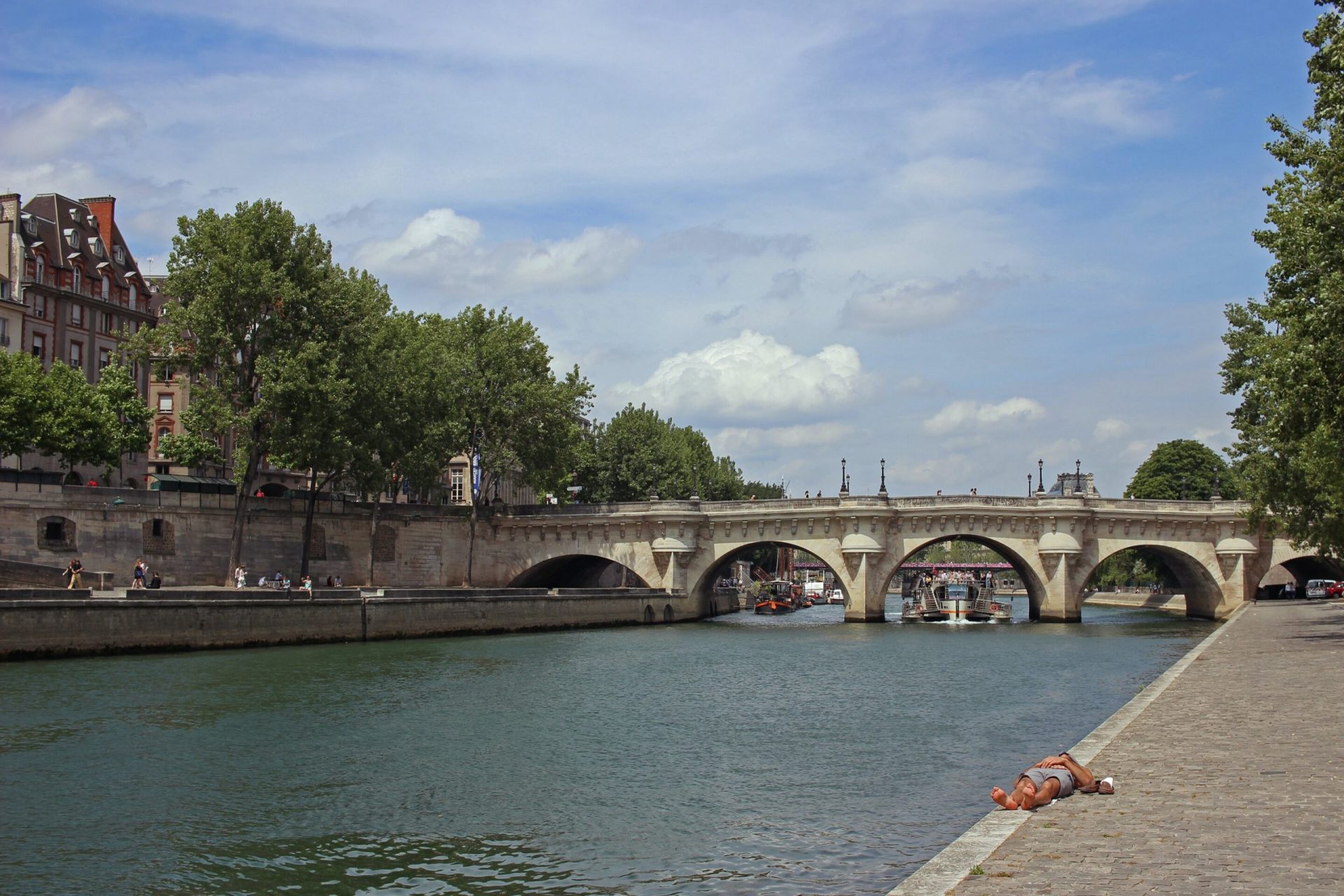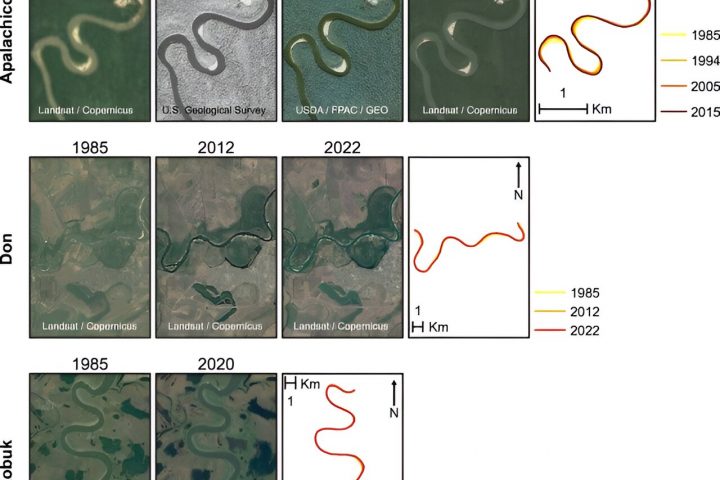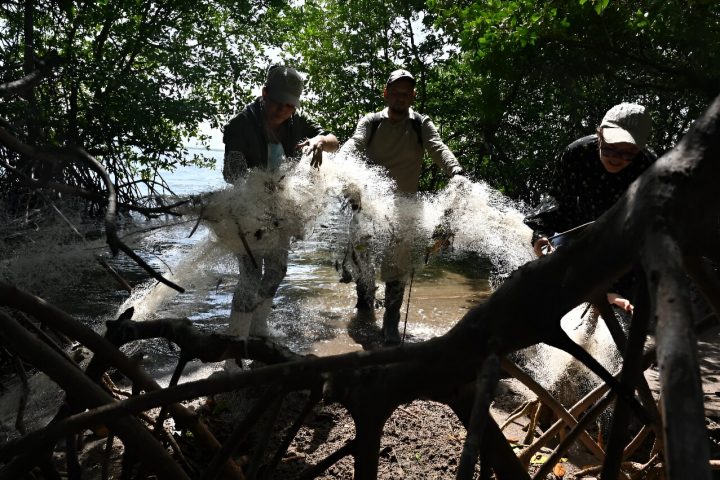Get ready for an exciting announcement! Paris has just revealed that, in preparation for the 2024 Summer Olympic and Paralympic games, the River Seine will be reopened for swimming competitions. But that’s not all – once the games are over, the public will also be able to enjoy a swim in the river, marking the end of a century-long ban. This ban was put in place due to concerns about pollution from stormwater, sewage, and chemicals in the river.
After years of hard work to manage stormwater, three Olympic and Paralympic events will take place in the Seine in 2024. These events include the swimming marathon, as well as the swimming legs of the Olympic triathlon and Para-triathlon. Additionally, the opening ceremony will feature a unique twist – instead of the traditional athletes’ parade in a stadium, the teams will be carried along the river on boats.
The clean and swimmable Seine is being hailed as a positive legacy of the games. Interestingly, this won’t be the first time Olympic swimming events have been held in this famous river. With the increasing focus on creating swimmable cities worldwide, it’s safe to say that it won’t be the last either.
Discover the History of River Swimming
Did you know that at the 1900 Paris Olympics, Australia’s Freddie Lane won two swimming events in the Seine? These events were the 200 meters freestyle and a unique 200m obstacle race. In this race, athletes had to climb over a pole, scramble over a row of boats, and then swim under another row of boats. Lane cleverly went over the sterns of the boats, giving him an advantage over his competitors.
Back then, swimming competitions often took place in rivers, harbors, lakes, and other natural water bodies. It wasn’t until 1908 in London that swimming moved to landlocked pools. River swimming has a rich history associated with pleasure and politics, with competitive river swimming remaining popular in the late 19th and early 20th centuries.
Fast forward to the present day, and the Seine is set to play a starring role in the 2024 Olympic Games. Check out this video to learn more:
While river swimming became less common over time, it never completely disappeared. In recent years, there has been a resurgence of interest in outdoor swimming, fueled by efforts to rehabilitate waterways and research highlighting the health benefits of swimming in natural environments.
The reopening of the Seine for swimming is just one example of how outdoor and “wild” swimming is contributing to the care of rivers. Similar movements are taking place in cities around the world, such as efforts to improve the water quality of the River Thames in London and the creation of summer swimming sites in Copenhagen harbor.
Australia is also embracing this trend, with new swimming sites opening up in Sydney and calls for city swimming spots along the Birrarung/Yarra in Melbourne. The growing awareness of the importance of blue spaces, like rivers and oceans, for human health and well-being is driving this revival of outdoor swimming.
So, get ready to dive into the swimmable Seine and join the global movement towards cleaner and more enjoyable waterways!








